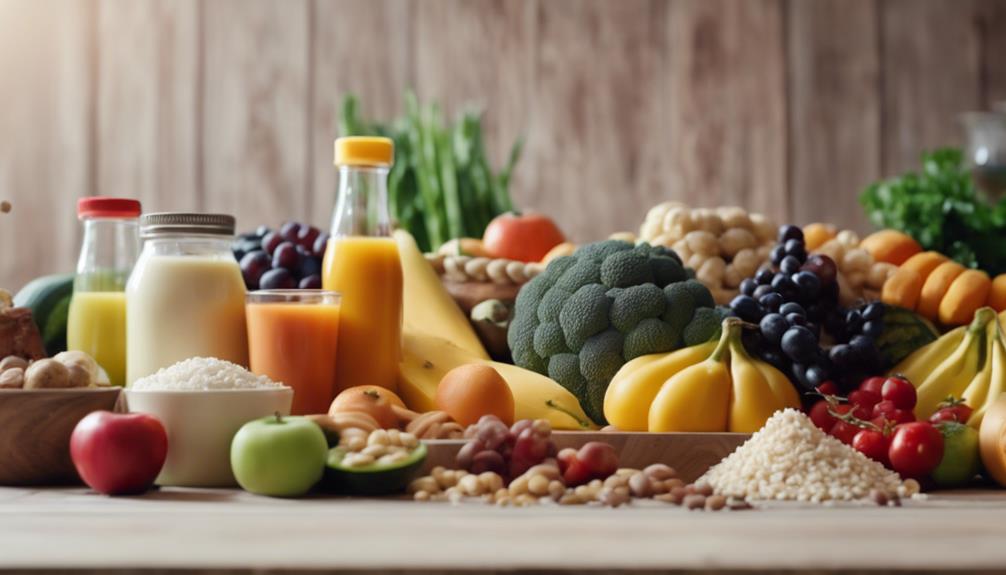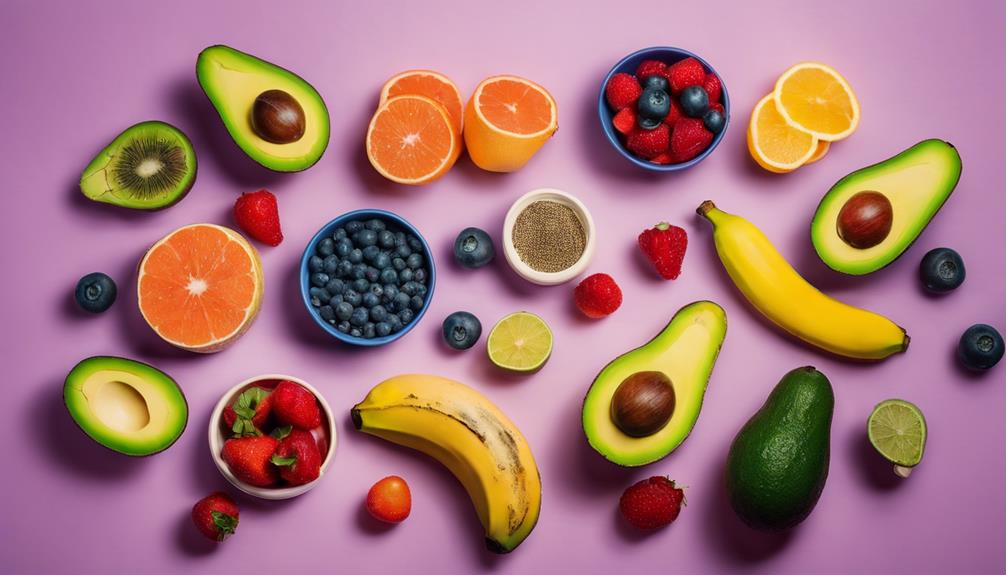To reduce overfeeding with paced bottle feeding, watch for your baby’s cues like turning away, lip smacking, or fussiness, and respond gently by stopping the flow. Use bottles with slow or variable flow nipples, hold the bottle at a 45-degree angle, and let your baby control the sucking pace. Creating a calm environment helps your baby develop healthy eating habits and self-regulation. Keep exploring these techniques to make feeding a secure, nurturing experience.
Key Takeaways
- Use slow or variable flow nipples to control milk flow and prevent gulping.
- Hold the bottle at a 45-degree angle to keep the nipple filled without overfilling.
- Watch for feeding cues like turning away or fussiness and respond promptly.
- Allow breaks during feeding to let the baby pause and self-regulate intake.
- Stop feeding when the baby shows signs of fullness to avoid overfeeding.

Paced bottle feeding is a gentle feeding technique that mimics breastfeeding by allowing your baby to control the flow of milk. This approach helps your little one develop healthy eating habits and reduces the risk of overfeeding. To do this effectively, you need to pay close attention to your baby’s feeding cues. These cues include lip smacking, rooting, turning their head away, or fussiness—signs that they may be ready to pause or stop feeding. Recognizing these signals ensures you’re responding promptly, helping your baby feel secure and in control. When you notice these cues, gently take the bottle out of their mouth to prevent overfeeding and give them time to rest if needed.
Pay attention to your baby’s feeding cues to prevent overfeeding and promote a secure, comfortable feeding experience.
Choosing the right bottle is essential for paced feeding. Look for bottles with slow or variable flow nipples that let your baby regulate the milk flow comfortably. Nipples with vents or textured designs can also help reduce vacuum buildup, making it easier for your baby to suck at their own pace. Avoid fast-flow nipples, as they can cause your baby to gulp or swallow air, which may lead to discomfort or overfeeding. The nipple size and shape should mimic a mother’s nipple in size and feel, encouraging natural sucking patterns. The material of the bottle—either silicone or latex—should be durable and easy to clean, ensuring hygiene and safety during feeding. Additionally, understanding the importance of proper feeding techniques can further enhance your baby’s feeding experience.
When you start a paced feeding session, hold the bottle at a 45-degree angle, keeping the nipple filled with milk but not overly full. This positioning allows your baby to control the flow and prevents them from swallowing air. Use your hand to support the bottle, but avoid squeezing it, as that can overwhelm your baby with milk. Keep the feeding relaxed and watch for feeding cues throughout. If your baby slows down or stops, don’t rush to finish the bottle; instead, offer them breaks and let them decide when they’re done. This helps prevent overfeeding and encourages good self-regulation.
Throughout the process, stay attentive to your baby’s responses. If they pull away or turn their head, respect their cues and remove the bottle gently. Remember, paced bottle feeding isn’t just about controlling milk flow but also about fostering a positive feeding experience. By focusing on feeding cues, selecting the right bottle, and allowing your baby to dictate the pace, you’ll help them develop healthy eating habits and reduce the chances of overfeeding. This method promotes comfort and security, making feeding time a nurturing and calm interaction for both of you.
Conclusion
Remember, slow and steady wins the race. By practicing paced bottle feeding, you can help prevent overfeeding and make mealtime more comfortable for your little one. Stay attentive to their cues, take your time, and enjoy these precious moments together. It’s not just about feeding; it’s about nurturing trust and connection. As the saying goes, “Haste makes waste”—so cherish each gentle, mindful feeding session and watch your baby thrive.










